Buy Voxzogo (vosoritide) Online For Sale
$8,486.00
DISEASE INDICATIONS: Achondroplasia
MANUFACTURER: BioMarin Europe Ltd
USAGE: Subcutaneous
MEDICINE APPROVED BY:
European Medical Agency (EMA)
Food and Drug Administration (FDA)
Voxzogo is a prescription medication that is used to treat achondroplasia in children aged 2 to 18, a genetic disorder that causes short stature and bone deformities. Developed by BioMarin Pharmaceutical, Voxzogo stimulates bone growth by binding to the CNP receptor, which is involved in regulating bone growth.
Voxzogo (vosoritide) is a prescription medication used to treat achondroplasia, a genetic disorder that causes short stature in children. It is developed by BioMarin Pharmaceutical and is approved by the United States Food and Drug Administration (FDA) for use in children aged 2 to 18 years.
Achondroplasia is a genetic disorder that affects the growth of bones in the body, causing short stature and other physical abnormalities. It is caused by a mutation in a gene called FGFR3, which regulates bone growth. Children with achondroplasia have shorter arms and legs, a larger head circumference, and other bone deformities. Some children with achondroplasia also experience a range of health problems, including breathing difficulties, spinal stenosis, and joint problems.
Voxzogo works by increasing bone growth in children with achondroplasia. It is a synthetic analog of C-type natriuretic peptide (CNP), a protein that is produced naturally in the body and is involved in regulating bone growth. Voxzogo binds to the CNP receptor and stimulates growth in the bones of children with achondroplasia.
Clinical trials have shown that Voxzogo is effective in increasing bone growth in children with achondroplasia. In a phase 3 clinical trial involving 121 children with achondroplasia, children who received Voxzogo for 1 year had a significantly greater increase in their annualized growth velocity compared to those who received a placebo. The trial also showed that Voxzogo was generally well-tolerated, with no serious adverse events reported.
The recommended dose of Voxzogo varies based on the patient’s weight. It is administered as a subcutaneous injection once daily and should be given by a healthcare provider. Patients should be monitored regularly for growth and any adverse effects.
Voxzogo is generally well-tolerated, but some patients may experience side effects. The most common side effects include injection site reactions, such as pain, rash, or bruising. Other common side effects include headache, nausea, and vomiting. Rarely, Voxzogo can cause serious side effects, such as allergic reactions or hypersensitivity.
Voxzogo is not recommended for use in pregnant or breastfeeding women, as its safety in these populations has not been established. It is also not recommended for use in children under the age of 2 years, as its safety and efficacy in this population have not been studied.
In conclusion, Voxzogo is a prescription medication used to treat achondroplasia in children aged 2 to 18 years. It works by increasing bone growth and is generally well-tolerated. The recommended dose varies based on the patient’s weight, and it should be administered by a healthcare provider. Patients should be monitored regularly for growth and any adverse effects. The medication is approved by the FDA and should only be taken under the prescription and monitoring of a healthcare provider.
| Package | One vial with 0.4 mg powder + prefilled syringe with water, One vial with 0.56 mg powder + prefilled syringe with water, One vial with 1.2 mg powder + prefilled syringe with water |
|---|
3 reviews for Buy Voxzogo (vosoritide) Online For Sale
Add a review Cancel reply
Related products
Endocrinology
Endocrinology
Endocrinology
Endocrinology
Endocrinology
Endocrinology
Endocrinology
Endocrinology


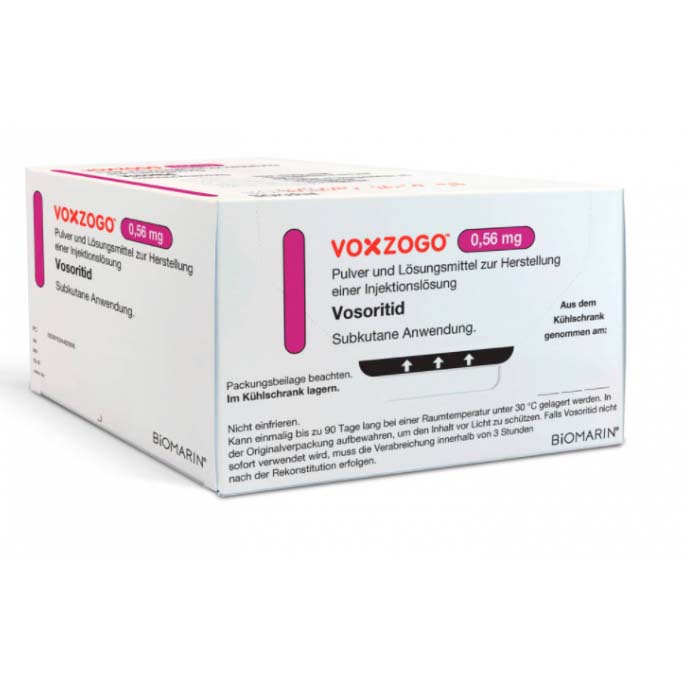

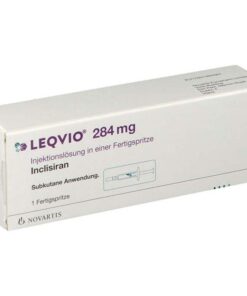

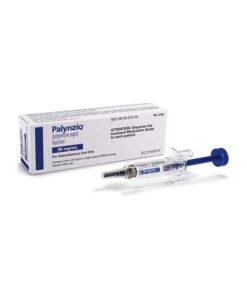
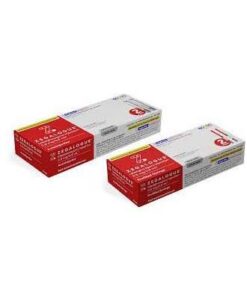
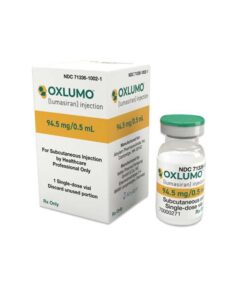
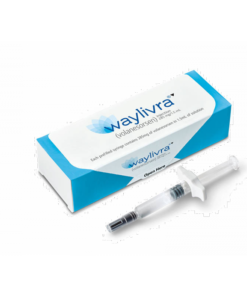
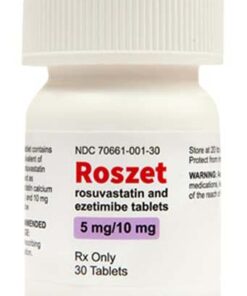
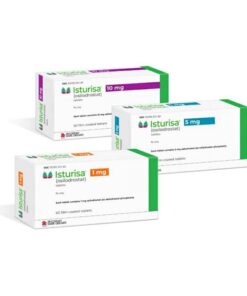
Jordan T. –
I’m 14 and have achondroplasia. I started Voxzogo about a year ago, and I’ve grown more in the past year than I had in the two years before that. It might not sound like a lot to others, but to me, it’s huge. I feel stronger, taller, and more confident. I still have to explain to people what the shot is, but I don’t mind—it’s part of what’s helping me grow. Thank you to the scientists and doctors who made this happen.
Kelsey R. –
We were skeptical when our son was first offered Voxzogo, but it’s been a game-changer. After about six months on the medication, his growth rate has improved significantly, and his doctors are very pleased. Most importantly, he feels proud of the progress and talks about “growing big like his friends.” We haven’t had any serious side effects—just some mild redness at the injection site early on. We’re grateful this option exists and hopeful for what’s ahead.
Lauren & Mark W. –
Our daughter was diagnosed with achondroplasia at birth, and we’ve always wanted to support her growth in every way possible. Since starting Voxzogo about 7 months ago, we’ve seen a noticeable increase in her height velocity and a boost in her confidence. She’s reaching things more easily and moving with more independence. The injections were a little intimidating at first, but she’s gotten used to them quickly. This treatment has given her (and us) real hope for the future.